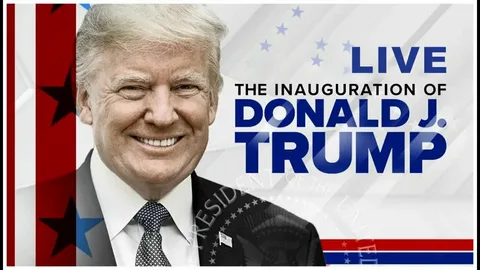Introduction
The 2024 U.S. presidential election is heating up. As the campaigns heat up, candidates from all sides are pulling out all stops to win over voters. Here’s a snapshot of the latest developments driving the election.
The Candidates and Their Platforms
The 2025 election is shaping up to be one in which we see a mix of familiar and fresh faces angling for the presidency. As for the Republicans, John Anderson is currently leading the pack, running on a platform of economic policies that skirt reduction in federal spending and boast of new job growth. Anderson’s slogan is “Building a Stronger America,” which aligns with his focus on infrastructure and national security.
In the recent primaries, the frontrunner emerged as Senator Emily Carter, the progressive champion for climate action, healthcare reform, and income equality. Here campaign is based around the slogan “Together for Tomorrow,” emphasizing both unity and innovation.
These are third-party candidates who are also resonating. Dr. Michael Lane, Green Party candidate, advocates environmental policies and renewable energy initiatives. His growing popularity among younger voters highlights a growing emphasis on sustainability in U.S. politics.
Swing States in Focus
As in all elections, swing states will be vital to the outcome. And states like Pennsylvania, Michigan and Arizona are once again in focus. In fact, polling recently shows narrow margins — no clear front-runner, either way — in these battlegrounds. Campaign rallies, debates and advertisements are disproportionately concentrated in these regions to sway undecided voters.
Florida, a swing voter state known for its political volatile nature, is scrutinizing Hispanic communities for turnout which will again prove to be the most determining factor. Both parties are doubling down on crossover messaging and ground game to reach specific demographics.
Key Issues Shaping the Election
A few key topics are consuming the 2025 election conversation:
Economic Recovery
Economic recovery from the pandemic is paramount on voters’ minds. So both sides are offering different paths forward: Republicans are offering tax cuts and lower regulation, and Democrats are promising more social spending and a higher minimum wage. How voters feel about inflation and create new jobs.
Climate Change
Climate change has continued to manifest itself with extreme weather events affecting millions. It has forced environmental policy into the heart of campaign conversations. Senator Carter’s aggressive green energy initiatives appeal to environmentally-conscious voters, whereas Governor Anderson promotes a pragmatic strategy that upholds energy independence.
Healthcare
Cost of healthcare remains an important issue. Expanding Medicare and curbing the cost of prescription drugs are focal points of Democratic policies while Republicans talk about market-driven solutions that would increase competition and cut costs.
Education and Technology
Tech and education reform seem to be shaping up as big themes. The candidates are grappling with problems like student debt and access to quality education, as well as the impact of artificial intelligence on shaping the future workforce.
The Role of Social Media
The year is 2025, and social media has never been more influential. Candidates are using platforms like X (formerly Twitter), Instagram and TikTok to communicate directly with voters. Debate gaffes; campaign spots; clips of candidates interacting with voters: Viral moments are shaping public opinion in real time.
But misinformation still is an obstacle. Fake news seems to be stirring up debate, and there are now several tools available to help you fight it. Voters are urged to follow credible accounts and read up on policy specifics.
Voter Engagement and Turnout
With less than a year to go before Election Day, efforts to register voters are in high gear. Grassroots organizations are trying to mobilize underrepresented constituencies, from youth voters to communities of color. Vote by mail and early voting are on track to reach record levels, as more voters seek convenience and accessibility.
What Lies Ahead
Over the coming months, however, you can expect less grandiosity and more piecemeal adjustments as candidates hone their strategies and make their pitches in debates that could sway undecided voters. Important dates to pay attention to include the upcoming primary elections as well as the national conventions when candidates will formally accept their party nominations.
With Americans poised to vote, the 2025 election could shape its history. Follow for updates, and be sure to make your voice heard in this essential democratic process.
FAQS
1. Who are the leading candidates in the 2025 election?
The frontrunners are Governor John Anderson (Republican), Senator Emily Carter (Democrat), and Dr. Michael Lane (Green Party).
2. What are the key issues in the 2025 election?
The primary issues include economic recovery, climate change, healthcare, and education reform.
3. Which states are considered swing states?
Pennsylvania, Michigan, Arizona, and Florida are key swing states in this election.
4. How can I stay informed about the election?
Follow credible news sources, watch debates, and check updates from official campaign websites.
5. How can I register to vote?
Visit your state’s election office website for voter registration details and deadlines

